WHY REDIPhE?
Traumatic Brain Injury (TBI) is one of the most devastating types of injury.
Often TBI are caused by impacts occurring while the person is involved in ‘dynamic activities’ such as cycling, motorcycling, skiing, horse riding … or working.
MORE


The REDIPhE Project
Background, state of the art and objectives of REDIPhE Project
CASE STUDY
The Motorcycle Safety Helmet
The figure shows the main components of a motorcycle safety helmet.
1. SHELL
The shell is made of plastics or composite materials.
2. LINER
The energy absorbing liner, usually made of polystyrene
3. PADDING
The comfort padding of the motorcycle helmet.
4. RETENTION
The retention system of the helmet.
Highlights
Some important aspects of our research
Materials combination
Polystyrene and aluminium honeycomb to increase energy dissipation in the liner.
Liner subdivision
Reducing the rotational acceleration applied to the head.
Four impacts
On the front , the top, the back and the side.
Absorbing liner
A structural plastic layer dissipates energy by inducing buckling in conical elements.
Impact and kinematics
Different cases of head acceleration dipending from impact direction.
Crushing mechanism
A homogeneous material (top row) and a hierarchical lattice structure (bottom row).
Our Team
The REDIPhE Research Team
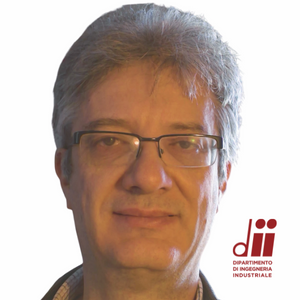
Ugo Galvanetto
Coordinator of REDIPhE Project – Full Professor of Aerospace Structures at University of Padova

Mohammed Nasim
Postdoctoral Researcher at University of Padova

Veronica Brasco
Research Fellow at University of Padova
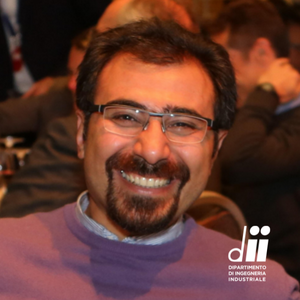
Siamak Khosroshahi
Currently: Postdoctoral Researcher at Queen Mary University of London
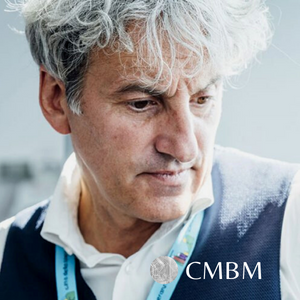
Piero Pavan
Associate Professor of Industrial Bioengineering at University of Padova

Silvia Spadoni
Research Fellow at University of Padova
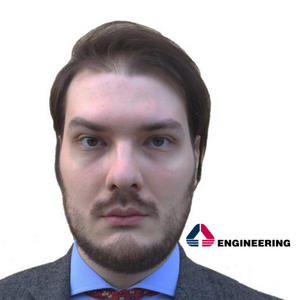
Niccolò de Cesare
Currently: Company Solution Consultant Junior presso Engineering Ingegneria Informatica Spa
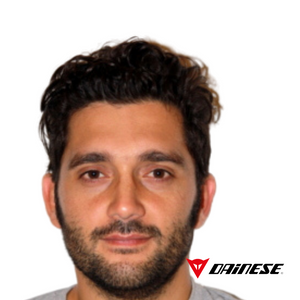
Alessandro Cernicchi
Helmet Chief Designer at Dainese SpA

Domenico d’Avella
Full Professor of Neurosurgery at University of Padova

Francesco Paoloni
Currently: Neurosurgeon at Ospedale Santa Corona

Arturo Natali
Full Professor of Industrial Bioengineering at University of Padova (retired)
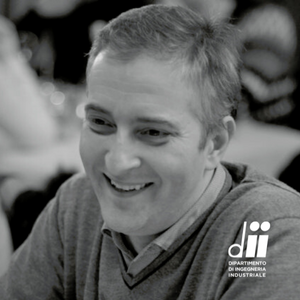
Mirco Zaccariotto
Associate Professor of Aerospace Structures at University of Padova
More information?
Latest from REDIPhE
Our latest news
3D printing hierarchical lattice structure
A hierarchical lattice structure has different cell sizes at different rows.
Read moreThe head model
Schematic drawing showing the head of the commercially available human body model THUMS
Read moreContact us
If you are interested in REDIPhE project, please contact us!










